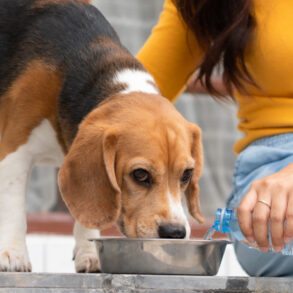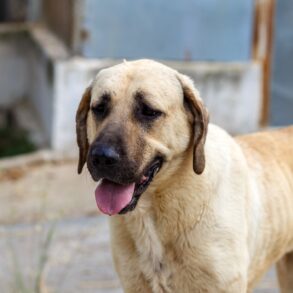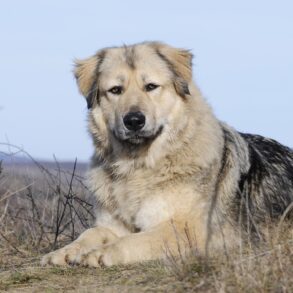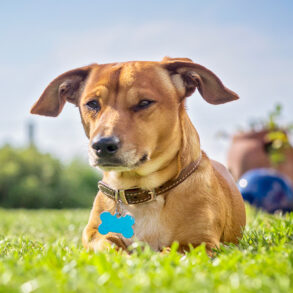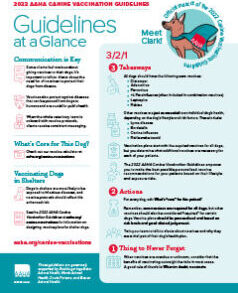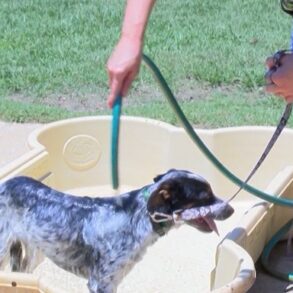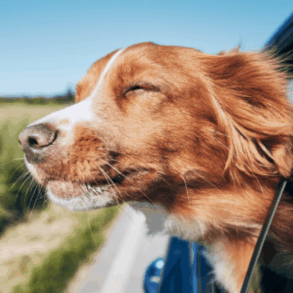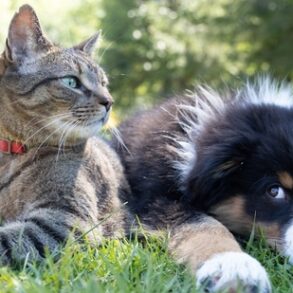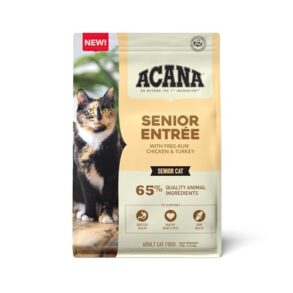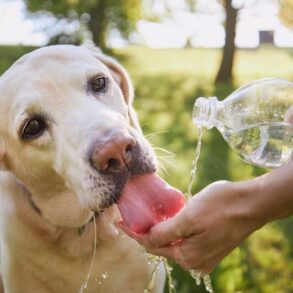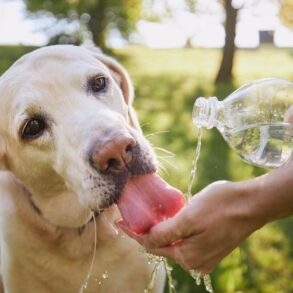Rain-proof your pet: 5 hygiene tips to make your furry friends monsoon-ready
Welcome monsoon with smart grooming habits so that your canine companions are healthy all season long.
Tea and fritters may make the monsoon pleasant for you, but the changes in weather and humidity may invite trouble for your pet’s hygiene and health, like a damp coat and skin infections. This is why proper grooming and hygiene become an absolute need of the hour this monsoon season. Don’t let monsoon‘s woes keep you away from cuddling your pet. Simple hygiene routines for your pet go a long way.
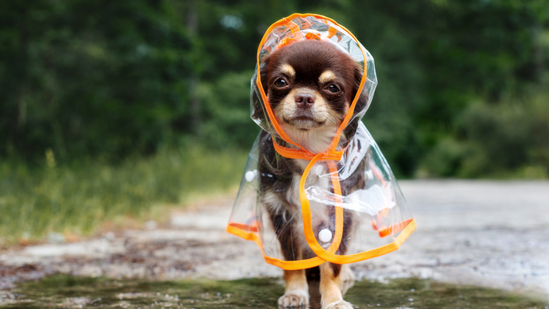
Dr Umesh Kallahali, Small Animal Consultant at Mars Petcare India, shared with HT Lifestyle the fundamentals of monsoon pet grooming and hygiene:
1. Keep bathing simple and timely

- Pets tend to get dirty quickly during the monsoons, but over-bathing can strip their coat of natural oils.
- Stick to a once-a-week bathing schedule for dogs and use a vet-recommended, antifungal pet shampoo to keep skin infections at bay.
- For cats, avoid unnecessary baths unless absolutely needed. Cats are naturally self-grooming creatures.
Pro-tip: After bathing, ensure your pet is thoroughly dried, especially under the paws, ears, and between folds. Dampness can lead to skin infections. Use a microfiber towel or a pet-safe blow dryer on low heat.
2. Essential monsoon grooming tips for coat, paws, and ears

- Humidity can cause tangles and matting in pets with long coats, while muddy paws and damp ears are susceptible to infections. Regular brushing keeps the coat healthy and improves air circulation.
- Use a grooming brush suited to your pet’s coat type to remove dirt and loose hair. After walks, clean your pet’s paws with pet-friendly wipes and check for cuts, ticks, or irritation. Applying pet-safe paw balm can decrease susceptibility to skin disorders.
- Moisture in the ears increases the risk of infections. Clean them weekly with a vet-approved ear cleaner, ensuring they are dry and free from dirt. Watch for signs of discomfort like head shaking or unusual odour, and consult a vet if necessary.
3. Protect against fleas and ticks

- The monsoon is the peak season for fleas and ticks. Use vet-prescribed topical treatments, collars, or oral medications to protect your pet. Regularly inspect their coat and bedding for any signs of infestation.
- If you spot ticks, use a pair of tweezers to remove them gently and clean the area with antiseptic.
4. Invest in rainproof accessories

- Keep your pet dry during walks by using raincoats and waterproof boots designed for pets. These accessories not only protect them from getting drenched but also reduce the hassle of post-walk cleaning.
- Ensure the raincoat fits comfortably and does not restrict your pet’s movement. Introduce these accessories gradually to avoid discomfort or resistance.
5. Nutrition tips for monsoons

- Nutrition plays a vital role in ensuring your pet’s health and well-being, especially during the monsoon season. Opting for scientifically formulated pet food provides a safe and convenient way to deliver 100% complete and balanced nutrition, meeting all of your pet’s dietary needs.
- A well-balanced diet rich in high-quality proteins, Omega-3 fatty acids, and vitamin E helps boost immunity and supports a healthy coat and skin.
- Ensure your pet has access to clean, fresh water to stay hydrated and reduce the risk of health issues caused by contaminated water.
Dr Umesh Kallahali concluded, “Schedule a vet visit before the monsoon to ensure your pet is in optimal health. Discuss any necessary vaccinations, especially against leptospirosis, and stock up on grooming essentials recommended by your vet.”
ALSO READ: How to know if your pet loves you? Vet shares 5 behaviours that say ‘I love you’
Note to readers: This article is for informational purposes only and not a substitute for professional medical advice. Always seek the advice of your doctor with any questions about a medical condition.
This post was originally published on this site be sure to check out more of their content.








